Sequencing is complex and highly subjective. It’s often been said (by me, among others) that there aren’t any definite rules in sequencing yoga classes. And that there are no clear rights and wrongs, just different intentions and purposes. I’ve realised recently that I was wrong. I take it back. There is one rule that all yoga teachers should follow when sequencing yoga classes, regardless of their lineage and their desired outcome for the class.
What is this one magic rule? It’s so simple and so obvious, and yet it’s not always followed. Here it is:
Sequence for your students, not yourself.
Yep, it’s that simple. Sequence for your students.
I recently taught an asana class to a group of yoga teacher trainees. They’re a strong group, who are in their final term of a year-long teacher training course. They’re not your average yogis – they’re strong, committed and experienced. The class I taught emphasised transitions more than actual postures; seeking ease and grace during movement by finding inner strength. It wasn’t a crazy hard class by any means, but it did involve a sequence of linked standing postures that we repeated a few times, looking for a smooth flow from pose to pose.
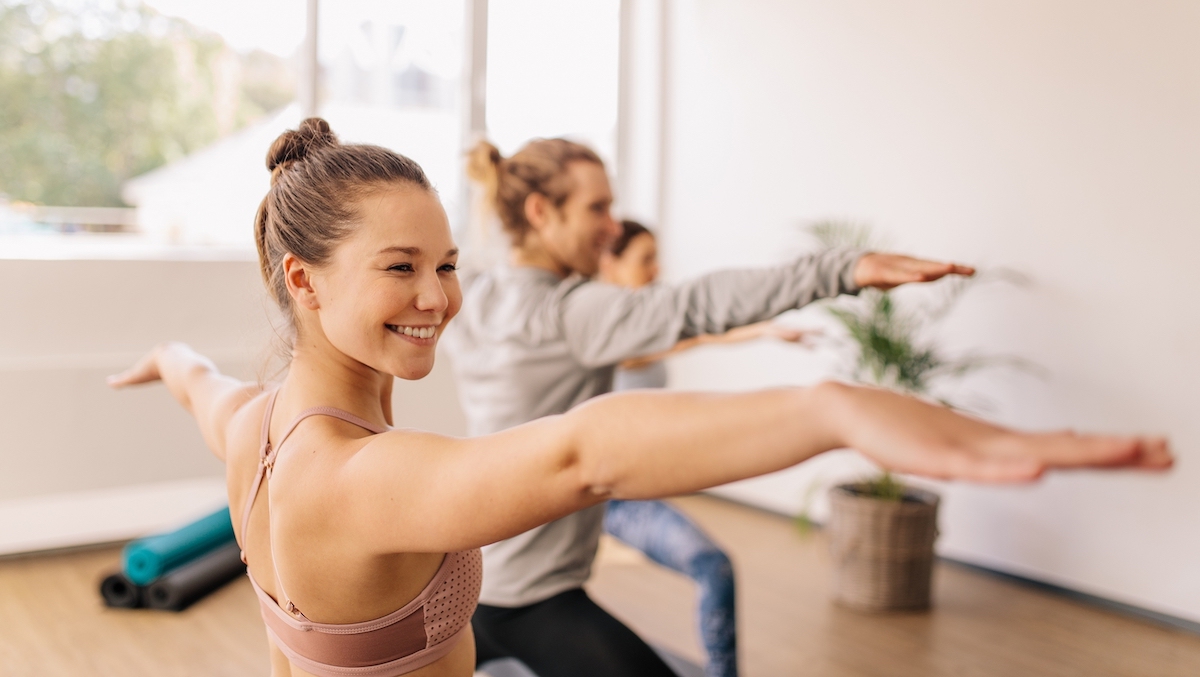
A couple of days later, one of the trainees approached me to let me know that she’d ‘borrowed’ my standing sequence and taught it in her supervised trainee class. She received negative feedback from the trainer who was supervising the class. The trainer advised her that she’d linked too many postures together before balancing out right and left sides, which can be de-stabilising for the sacro-iliac joints and lower back.
I watched a series of emotion cross her face as she talked to me: first, anxiety at admitting that she’d used my sequence (I don’t mind at all); dismay at receiving poor feedback on a class she’d felt good about teaching; and finally confusion about the sequence.
Mixed messages make learning incredibly challenging. I’d taught the sequence, so obviously I’d thought it was a good sequence. She’d loved it, hence her wanting to share it with other students. And yet another trainer had told her it was poor sequencing and could be harmful. The critical factor she hadn’t considered was the students: I had taught the sequence to a group of seasoned yogis. She had taught it to beginners.
A Sequence isn’t ‘Good’ or ‘Bad’
But a yoga class sequence can be inappropriate for your students, and when this is the case they can do more harm than good. Just like asanas aren’t good or bad, adjustments aren’t good or bad and even alignment cues are rarely good or bad. Our judgement should always be based on whether they’re suitable for our students or even a particular student.
If we have a regular group of students, this isn’t hard to manage. But I’m sure some of you are wondering how to sequence yoga classes that suitable for your students when you don’t know who’s going to turn up.

Write an Accessible Sequence, Add Options
As a yoga teacher, it’s a pretty good bet that your practice is stronger than that of your students. So rather than sequencing yoga classes based on what you’d like to practice, create sequences that are simple and accessible. Then plan a few ways you can level it up if the whole group is ready. Add extra options for the students who need more of a challenge (you might or might not end up offering them).
In my experience, this is a whole lot easier than planning a challenging sequence then having to scale it back on the fly if you realise it isn’t suitable for your students.
In Summary…
Your yoga classes aren’t about you, and they aren’t for you. Particularly if you’re teaching beginners, be mindful of keeping your classes accessible and repeating elements of the class week after week. When sequencing your yoga classes, prioritise effective sequencing over creative sequencing. Generally speaking, simple sequencing is effective sequencing. That’s not to say you can’t challenge your students – just be realistic about their abilities.
If you found this helpful, you might also like to read this post on backbends (and what to include in your sequence to adequately prepare for them) and my free eBook with six keys to become a great yoga teacher.

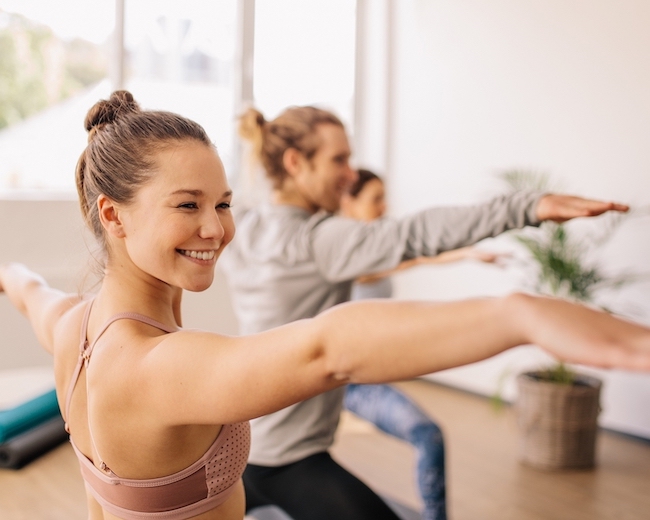

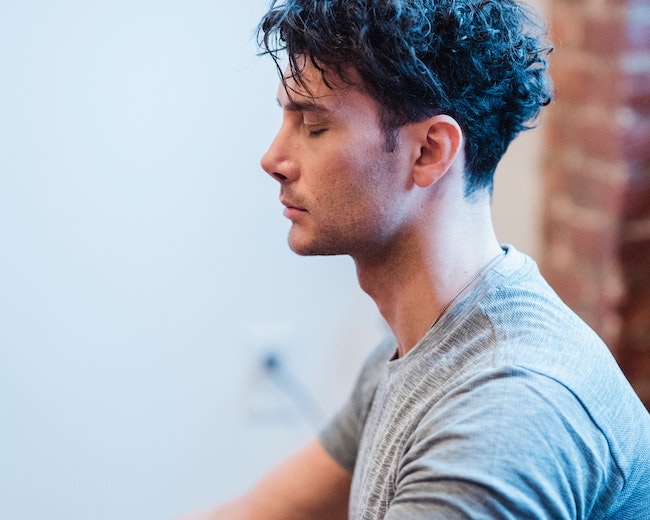
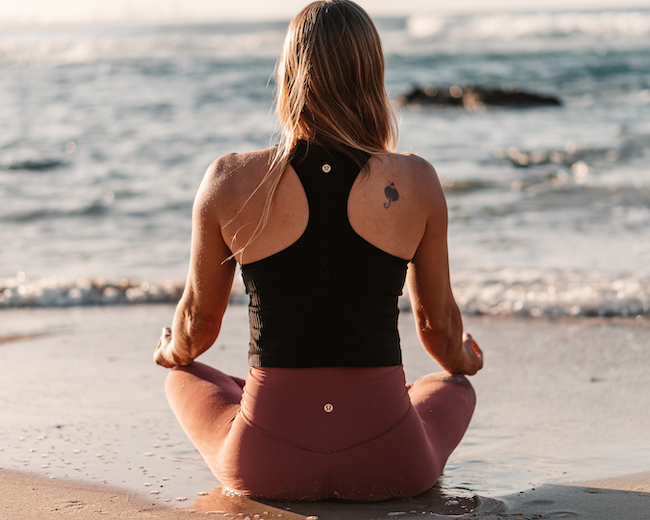
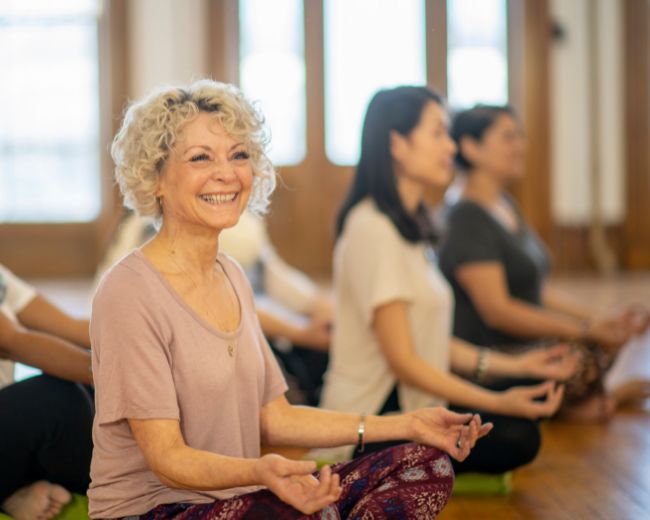
Leave A Comment